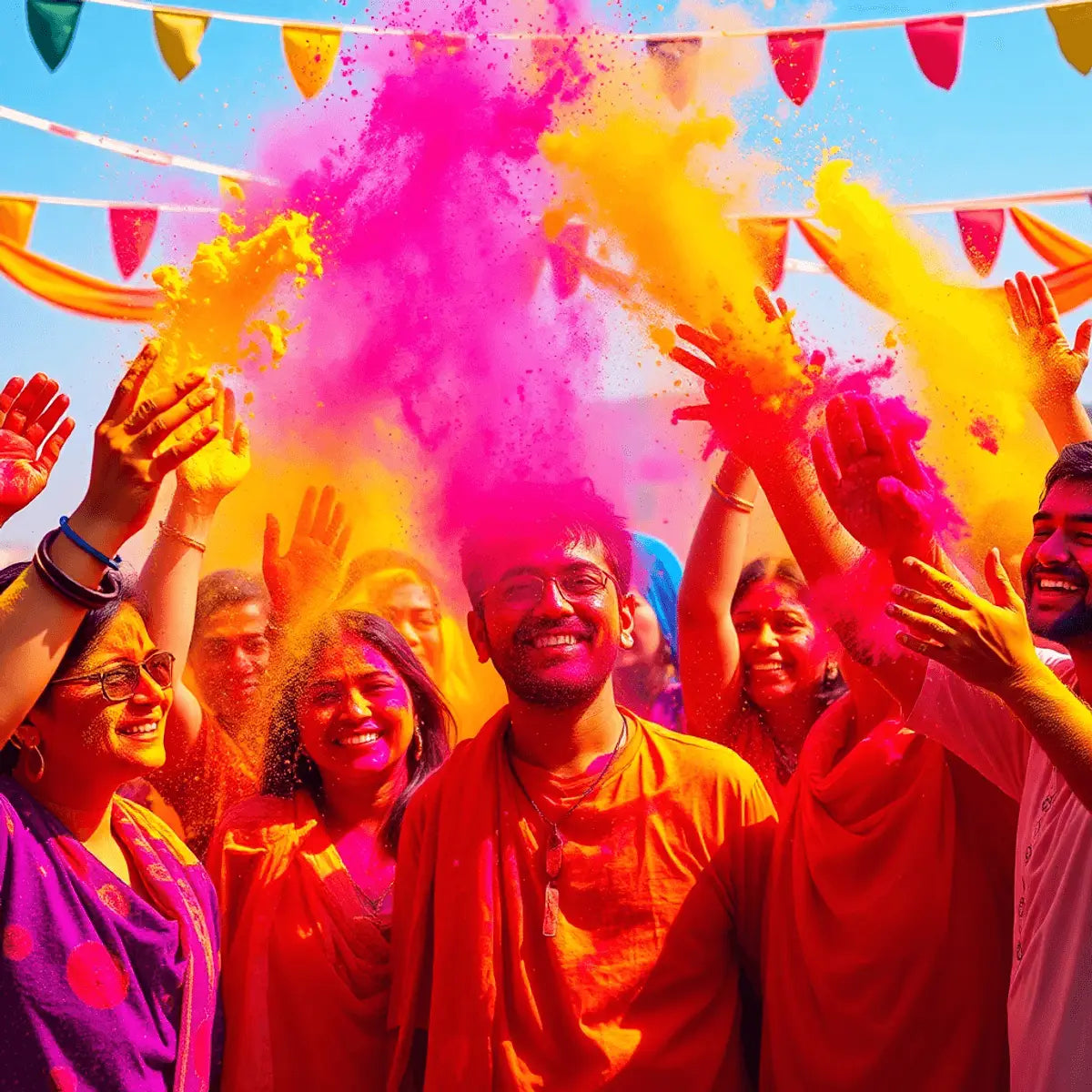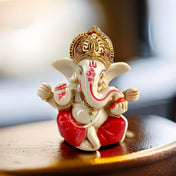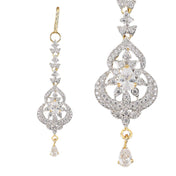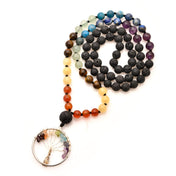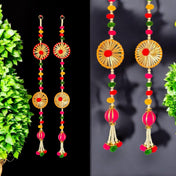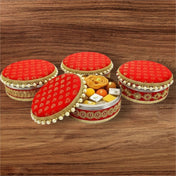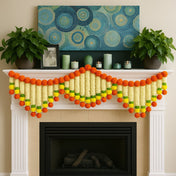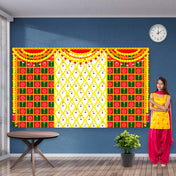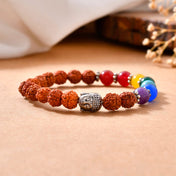Introduction
Holi, known as the Festival of Colors, is one of the most joyous Hindu festivals celebrated with enthusiasm across India and beyond. This vibrant occasion marks the arrival of spring, symbolizing renewal and the triumph of good over evil.
During Holi, people come together to splash bright colors on each other, dance to lively music, and indulge in delicious sweets. The air fills with laughter and excitement, creating an atmosphere of unity and love.
Key highlights of this celebration include:
- Colorful powders (gulal) that represent different emotions and aspects of life.
- Delicious traditional foods that bring families and friends closer.
- Community gatherings that foster connections among diverse groups.
To enhance the festive spirit, many people opt for colorful bunting decorations, which add a vibrant touch to homes and public spaces.
Embracing the spirit of Holi allows participants to experience the beauty of cultural heritage while celebrating joy in its most colorful form.
The Origins and Significance of Holi in Hinduism
The Holi celebration has its roots in Hindu mythology, with ancient stories that emphasize the battle between good and evil, renewal, and the arrival of spring.
1. The story of Hiranyakashipu and Prahlad
This tale is central to the festival's significance. Hiranyakashipu, a powerful demon king, sought to eliminate his son Prahlad due to his unwavering devotion to Lord Vishnu. In a remarkable twist of fate, Prahlad's faith protected him from his father's wrath. The climax comes when Holika, Hiranyakashipu's sister, attempts to burn Prahlad alive but meets her demise instead. This victory symbolizes the triumph of good over evil.
2. Symbolism behind the festival
Holi marks the end of winter and heralds the arrival of spring. It signifies renewal and rejuvenation, as nature bursts forth with vibrant colors. The use of colored powders during the Holi festival reflects this transformation, where participants celebrate life’s vibrancy and express joy through a colorful display.
Through these narratives and symbols, Holi serves not just as a joyous occasion but as a reminder of cultural values deeply embedded in Hinduism. This is also reflected in the various customs associated with the festival such as using a laddu gopal pichkari balti set which is often used during Holi celebrations to symbolize devotion and joy.
How Holi is Celebrated Around the World
Holi, the vibrant Festival of Colors, brings joy and excitement to millions, transcending geographical boundaries. The celebrations are marked by unique traditions and customs, particularly in India and Nepal.
Traditional Practices in India and Nepal
In India, Holi is celebrated with exuberance, where people gather to throw colored powders—known as gulal—at each other. The festivities kick off with Holika Dahan, a bonfire symbolizing the victory of good over evil. As night falls, families and friends come together, singing folk songs and dancing around the flames. On the following day, known as the day of the Hindu festival Holi, Dhulandi, streets transform into a kaleidoscope of colors as revelers engage in playful battles with water balloons and colored water powders.
To make these celebrations even more special, many people choose to decorate their homes with colorful bunting and banners like the rang barse holi banners, adding to the festive atmosphere.
In Nepal, Holi takes on a distinct flavor, particularly in the region of Tharu. Here, locals celebrate with traditional music and dance, often incorporating cultural rituals that reflect their rich heritage. The festival also sees a blend of Hindu and Buddhist traditions, showcasing the diversity within Nepali culture, particularly through the lens of Holi’s significance.
Regional Variations and Customs
India's vast landscape gives rise to numerous regional variations in Holi celebrations:
- Braj region: Known for its melodious Holi songs and reenactments of Lord Krishna's playful antics.
- Punjab: Celebrated with hearty folk dances like bhangra and gidda, accompanied by festive foods such as gujiya (sweet dumplings).
- West Bengal: Marked by the famous Dol Jatra, featuring colorful processions and vibrant music.
Each state embraces its unique customs while maintaining the core essence of celebrating love, unity, and joy.
Global Recognition of Holi in Communities Outside India
The spirit of Holi is gradually flourishing beyond Indian borders. Countries like the USA, UK, and Canada have witnessed an increasing interest in this colorful festival. Local communities organize events that attract participants from various backgrounds:
- USA: Cities like New York and San Francisco host massive Holi festivals where attendees enjoy music performances, dance workshops, and food stalls. These events emphasize community engagement while celebrating cultural diversity.
- UK: London’s streets come alive during Holi with parades featuring traditional dances alongside contemporary performances. Such gatherings foster understanding among different cultures.
- Canada: Festivals in Toronto or Vancouver showcase not just colors but also art exhibitions highlighting Indian culture.
These celebrations allow individuals to experience new perspectives while embracing shared values.
Through various local events across continents, the universal appeal of Holi fosters harmony among diverse communities. As people engage in joyful interactions laden with colors this festival represents not only a celebration but also a bridge between traditions.
The essence of Holi lies not just in the colors but also in love, forgiveness, and togetherness it signifies.
The Meaning Behind Holi Colours and Their Role in Celebrations
The Holi festival of colors is a vibrant celebration filled with various colors, each with its own meaning. Knowing the significance of these Holi colours The addition of throwing colored water makes the celebration even more enjoyable.
The Significance of Holi Colours
Here's what each color represents:
- Red: Symbolizing love and passion, red is often associated with the joy of life and relationships. It evokes feelings of happiness during the festivities.
- Yellow: This bright hue represents knowledge and learning. Bright yellow signifies the arrival of spring, embodying warmth and cheerfulness.
- Blue: Often linked to Lord Krishna, blue represents divine love and compassion. It reminds celebrants of the playful spirit and mischief associated with Krishna’s tales.
The Impact of Colors on Celebrations
Each color not only brightens the atmosphere but also establishes emotional connections among participants, reminiscent of the playful antics of Radha and Krishna. Here's how:
- Fostering Community: The act of throwing these colors fosters a sense of community, breaking down social barriers and promoting unity through shared joy.
- Creating Memories: As friends and family engage in this colorful exchange, they create lasting memories that celebrate both cultural heritage and modern relationships.
In essence, the vibrant palette of Holi serves as a beautiful reminder of life's diverse emotions, echoing the festival's core values of love, togetherness, and renewal.
Tips for a Memorable Holi Celebration at Home or with Friends!
Creating a vibrant and joyful atmosphere for Holi requires thoughtful preparation. Here are some essential items and tips for celebrating Holi that will enhance your festivities:
Essential Items for Your Holi Party
- Holi Color Powder: Choose natural, herbal powders to ensure safety for skin and the environment. Brands like LoveNspire offer quality options that reflect cultural authenticity.
- Water Balloons: These add an element of fun and surprise, making the festival fair game for everyone. Fill them up in advance for spontaneous color splashes.
- Decorations: Brightly colored decorations can enhance the festive spirit. Consider using flowers, colorful streamers, and traditional Indian crafts to create an inviting space. For a more extensive range of Holi decorations, including vibrant colored water displays, enhance the celebration. that reflect the spirit of the festival, you might want to explore LoveNspire's offerings.
Safety Tips
- Protect Skin: Apply coconut oil or a thick layer of moisturizer on exposed skin before playing with colors. This creates a barrier against staining.
- Clothing Choices: Wear old clothes that you don’t mind getting stained. Cotton fabrics work best as they are easy to wash and dry quickly.
- Eye Protection: Sunglasses can shield your eyes from color powders while allowing you to enjoy the celebrations without worry.
Adding Fun with Photo Booth Props
To make your Holi celebration even more memorable, consider setting up a photo booth with fun Holi photo booth props from LoveNspire. These props can add an element of humor and fun to your photos, making them cherished memories for years to come.
Embrace the joy of Holi by preparing thoughtfully, ensuring both fun and safety during this vibrant festival!
Personal Experience: My First Holi Celebration and Its Impact on Me!
Experiencing Holi for the first time was nothing short of magical. The air buzzed with excitement as vibrant colors danced through the sky, painting everything in hues of joy. Friends gathered, laughter echoing in every corner, while the sweet scent of traditional sweets filled the atmosphere.
I recall feeling a sense of belonging as everyone came together, regardless of age or background. Each splash of color symbolized unity and love, breaking down barriers through shared laughter and playful antics. This personal story of Holi revealed how cultural celebrations can foster connections among diverse communities.
Reflecting on that day deepened my appreciation for cultural diversity. Witnessing the beauty of different customs intertwined with joyous celebration opened my eyes to the rich tapestry of traditions that exist globally. Each color carried a story, enriching my understanding and respect for heritage beyond my own.
In retrospect, I wish I had some personalized banners to commemorate that special day. Such colorful bunting would have added an extra layer of festivity to our celebration. A 5x8 ft happy holi backdrop would have made for a perfect photo opportunity too, especially with everyone throwing colored water!
The Impact of Holi on Communities in the USA
The Festival of Colors has gone beyond its Indian origins and become extremely popular in cities across America. Various communities celebrate by organizing colorful events that reflect the happiness and liveliness associated with this festival. Major cities like New York, San Francisco, and Chicago host large-scale Holi celebrations that attract participants from different backgrounds.
Cultural Exchange
Holi provides an opportunity to showcase the diverse traditions of Hinduism in America. Local communities come together to enjoy authentic music, dance performances, and delicious cuisine.
Unity in Diversity
When people from various cultures come together to celebrate, it promotes understanding and friendship among them. This celebration demonstrates how cultural festivals can bring different communities closer.
Awareness and Education
Many Holi events include workshops where the significance of Holi is explained, giving attendees a chance to learn about Hinduism in America and its core values.
By taking part in Holi celebrations, individuals play a role in promoting cultural appreciation and inclusivity, embodying the spirit of Radha and Krishna. These festivals create a feeling of belonging while enriching American society's social fabric through shared experiences and joyful connections.
Conclusion
Engaging with cultural traditions fosters unity and understanding among diverse communities. By choosing to celebrate Holi, individuals can:
- Embrace the vibrant spirit of this festival
- Connect deeply with the rich heritage it represents
- Build bridges across cultures through shared experiences
Celebrating Holi transcends mere festivities; it becomes a meaningful act of acknowledging and appreciating the values embedded in cultural expressions. Each splash of color symbolizes joy, resilience, and the triumph of good over evil. Participating in such celebrations allows everyone to contribute to a tapestry woven with respect, love, and shared joy.

